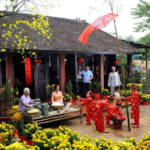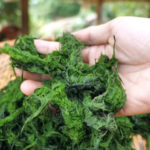Each region in Vietnam boasts its own unique and delightful specialties, attracting visitors eager to indulge in the local cuisine. In recent years, a new delicacy has emerged in the Central Highlands: fresh cacao seeds mixed with crushed ice and sugar. This tantalizing treat, with its perfect balance of sweet and sour, has captivated locals and tourists alike.
“I’ve always loved a warm cup of rich, aromatic cocoa during the colder months,” shared Ms. Hoai Thuong, a resident of Cau Giay, Hanoi. “But it was only recently that I discovered the delights of fresh cacao fruit. You cut open the fruit, take out the seeds surrounded by a fleshy pulp, and mix it with sugar and crushed ice. It’s absolutely delicious!”
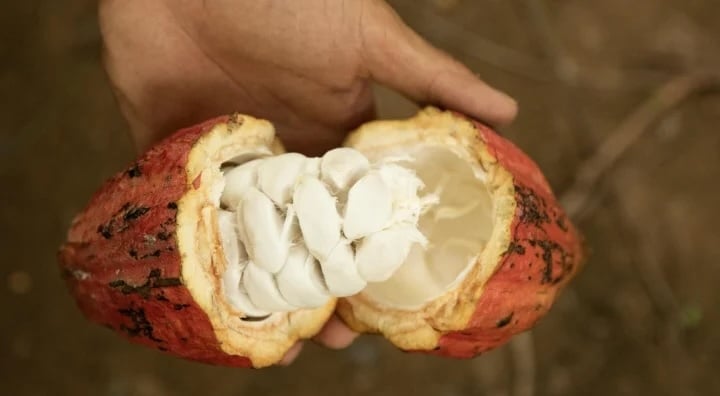
Fresh Cacao Seeds Mixed with Crushed Ice and Sugar: A New Delicacy
Preparing this refreshing dessert is simple. For those who prefer a milder sweetness, choose a cacao fruit with a yellow peel, while those with a sweeter tooth can opt for the red-peel variety. Simply cut the fruit crosswise, extract the seeds and surrounding pulp, and mix with sugar and crushed ice. A dash of condensed milk can be added for an extra touch of sweetness and creaminess. As you blend these ingredients, the distinctive aroma of fresh cacao will tantalize your senses, with a hint of the resin’s pungency.
“The taste is a wonderful combination of sweet and sour, somewhat reminiscent of mangosteen, but with a more intense fragrance,” described Ms. Thuong. “The pulp has a pleasant, chewy texture, but be sure to spit out the seeds as you eat.”
Ms. Ngoc, a resident of Thanh Xuan, Hanoi, shared a similar enthusiasm for this treat, which she first encountered during a trip to the Mekong Delta. “I tried fresh cacao seeds mixed with crushed ice and milk in Ben Tre, and I was instantly hooked! It’s so refreshing and fragrant. My family often makes a variation with yogurt, and sometimes we experiment with adding other fruits to the mix. We also save the seeds to make cocoa powder, which is a bit laborious but well worth the effort to avoid waste.”
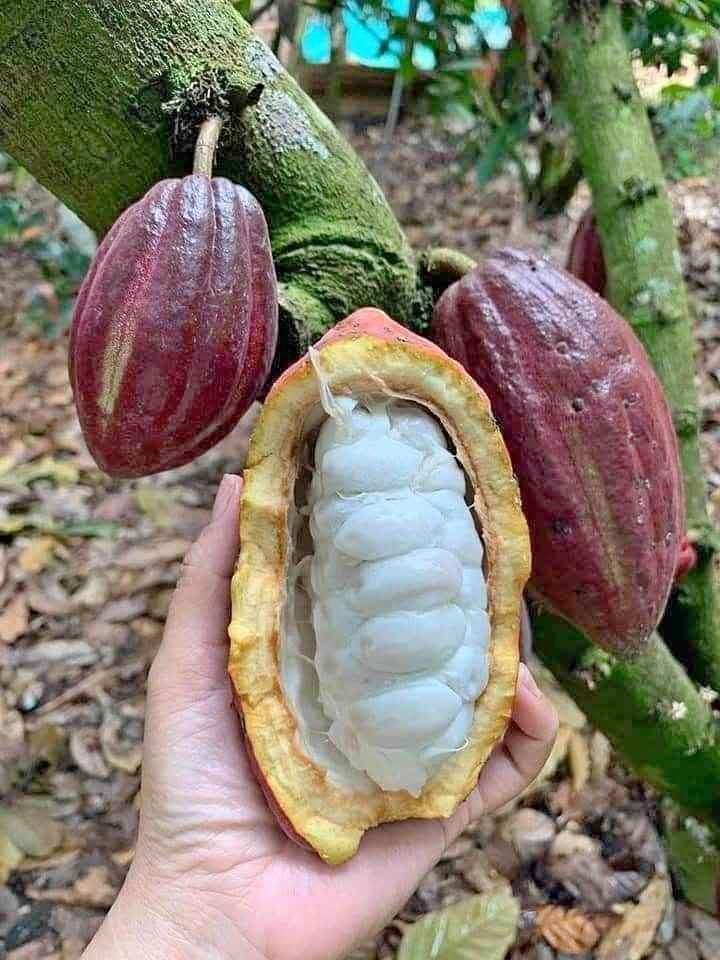
Choose Your Cacao Fruit: Yellow Peel for Mild Sweetness, Red Peel for Intense Sweetness
While this delicacy has long been a favorite in the Central Highlands and Mekong Delta provinces like Ben Tre and Can Tho, it is still relatively new to the northern regions. However, over the past two years, it has gained popularity through online markets, captivating food enthusiasts across the country.
Cacao fruits are typically in season during the summer months. Retail prices range from 20,000 to 25,000 VND per fruit, with an average weight of 400-500 grams. If purchasing by weight, the price stands at approximately 35,000-40,000 VND per kilogram. After savoring the fruity pulp, the seeds can be fermented, dried, and roasted to create cocoa powder, perfect for a comforting cup of hot cocoa on chilly days.
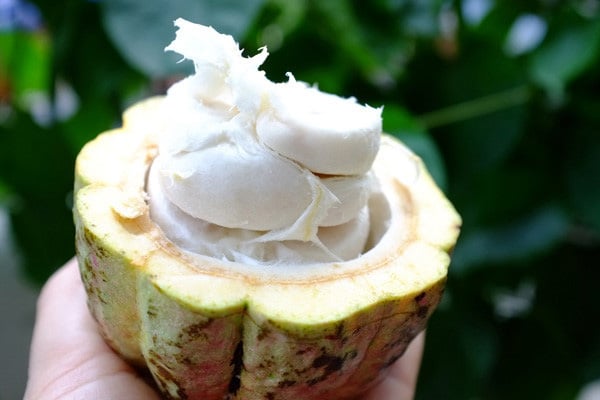
Retail Price: 20,000-25,000 VND per Fruit, Weighing Approximately 400-500 Grams
The cacao tree, native to Central America, belongs to the Sterculiaceae family. In Vietnam, it is predominantly cultivated in the Central Highlands and several provinces in the South. Cacao trees take approximately two and a half years to bear fruit, but they typically reach a stable fruiting stage after three to four years. The fruits take about six months to ripen after pollination, at which point they are ready for harvest.
There are two main flowering and fruiting seasons for cacao trees. When the trees flower between April and May, the harvest season falls between October and November. Conversely, if the trees flower between October and November, the harvest will take place from March to June of the following year.
Explore 12 Amazing Destinations for Biking Trips
Unlock Vietnam in a brand new way with an exciting biking tour! Discover the stunning beauty of the country with Dien May XANH’s top 12 must-see destinations. From sweeping plains to clear blue beaches and mountainous vistas – experience all the sights with your own personal cycling tour. Find your ideal route and set out for an adventure today!

























